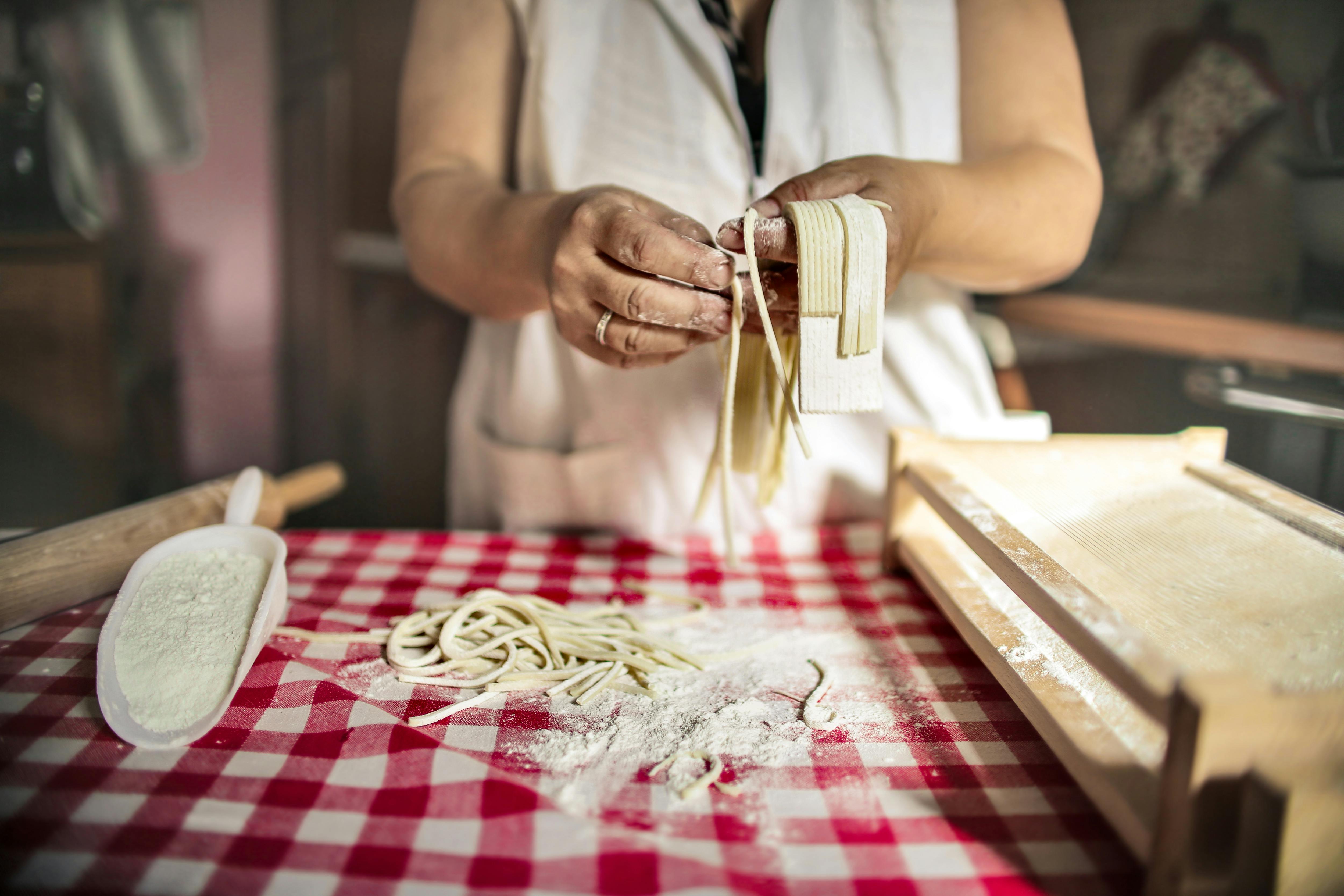USB Duplication: When a DVD Isn’t Big Enough

USB Mirroring – The Advantages
Like any other form of media, there are positives and negatives to USB mirroring. Here are the main points to consider:
advantage:
1) Memory size – An 8 GB memory card holds twice as much data as a normal DVD and as mentioned above, you can get 512 GB memory cards if needed.
2) Versatility – You can print your company logo on your memory cards, and the variety of designs available is incredible.
4) Reuse – You can choose to partition your memory cards when they are duplicated, so that any unused space can be used by the recipient. That way, your company logo is always in front of the user. A CD or DVD cannot be reused and may only be viewed once and then lost in a drawer or pile of other marketing material. Provide a lanyard or keychain with your USB stick for added convenience and ongoing brand awareness.
5) Security – Copy protection and full digital rights management are available for your USB memory sticks. The data will not be erasable, will be copy-protected, will be password-protected, and will not even be printable if required. Any good USB duplication service provider will provide this service.
USB Mirroring – The Drawbacks
1) Cost – For many projects, cost is an important consideration and USB duplication is substantially more expensive than DVD duplication. As with most things, the more you order, the lower the unit cost. When you consider the variety of benefits above and your project requirements, the cost trade-off is often easy to swallow.
2) Time – Usually, due to the large amount of data to be transferred to the drive, USB mirroring usually takes a little longer than DVD mirroring. If you’re not on a tight deadline, this won’t be a problem for you.
Choose the style of your USB memory device
If you’ve started looking for USB memory sticks for your project, you’ve probably noticed the amazing variety of styles and designs that are available to you. Flash memory itself is small and flat, so the casing can be pretty much any shape you want, and if you have many thousands, then it might be worth inquiring about bespoke moldings to fit your company logo.
You are by no means limited to plastic trim for your USB drive casing, depending on your industry category, you can opt for a wood carving or metal trim. Flash memory can also be incorporated into other useful devices, such as business cards, flashlights, pens, or bottle openers.
The USB mirroring process
Companies that provide a USB duplication service, usually a media duplication provider, will use a duplication drive that can be loaded with many drives at once. Depending on the volume of work that the company does with USB drives, they can use mirroring units with between 20 and 60 ports.
The mirror drive also houses a master drive and all blank drives receive their data from this master drive which remains in the drive until the required number of drives are produced.
For a large volume of high-capacity units, this process will take quite a bit of time, so the more mirroring units available, the faster an order can be completed. Bit-level data comparison between the master and the content on each drive ensures a working copy every time, as faulty memory cards would fail to duplicate.
USB mirroring units don’t need a PC to work and a 60-port device doesn’t take up much space. Also, loading and unloading, which must be done manually, is a very simple unplug-and-plug process. It’s important to keep blank and duplicate media separate, as you can’t tell just by looking at the USB drive if it’s been duplicated, like you can with a CD or DVD.
Printing on USB drives
The process used to print to most USB drives that can receive a print is screen printing, which will apply up to 4 spot colors to the printable area of the drive. It’s a great way to ensure your company logo and phone number are always visible to the end user of the device.
There is a slight downside to silk-screening directly onto the body of the unit when the unit is used very frequently and is constantly being handled, kept in a pocket or with a set of keys, etc. Eventually the print will start to scratch and will wear off over time. Screen printing on drives is very robust and usually takes a long time to wear off the print, but there is an alternative method of putting your logo on a USB drive and protecting it with a non-scratch epoxy. This is called “domed” printing because the clear epoxy resin has a curved surface over the printed area on the USB drive.